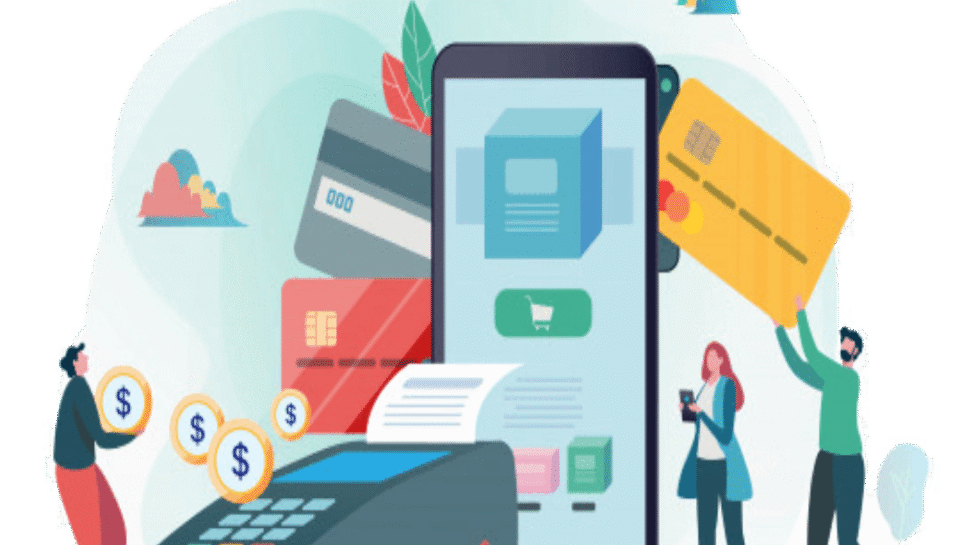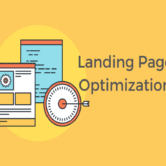
Introduce the concept of web payment integration
INTRODUCTION
As digital commerce rapidly expands, businesses must offer seamless, secure, and user-friendly ways for customers to pay online. Web payment integration is the process of embedding payment functionality directly into a website, enabling businesses to accept various types of electronic transactions. From credit cards and digital wallets to cryptocurrency and BNPL (Buy Now, Pay Later) options, web payment integration is the cornerstone of modern online shopping experiences. This article explores what it is, why it matters, and how it can benefit businesses of all sizes.
WHAT IS WEB PAYMENT INTEGRATION?
Web payment integration refers to the technical implementation of payment systems into a website or web application. It enables users to complete financial transactions without leaving the site. This process involves connecting with payment gateways, APIs, or third-party services that process payments securely and efficiently.
KEY COMPONENTS OF A PAYMENT INTEGRATION SYSTEM
A standard web payment integration setup involves several components: the merchant account, which holds the funds; the payment gateway, which authorizes transactions; and payment processors, which manage the actual transfer of money. These components work in unison to complete transactions in real time while ensuring security and compliance.
TYPES OF WEB PAYMENT METHODS SUPPORTED
Modern integrations support a variety of payment methods. These include credit and debit cards, net banking, UPI, mobile wallets (like Apple Pay and Google Pay), PayPal, and even cryptocurrencies. The wider the range of accepted payments, the more convenient the experience for users worldwide.
IMPORTANCE OF SECURITY AND COMPLIANCE
Security is non-negotiable in online payments. Integrations must comply with standards such as PCI-DSS (Payment Card Industry Data Security Standard) to ensure sensitive data is encrypted and protected. Features like SSL certificates, tokenization, and fraud detection mechanisms are essential for safeguarding user information.
THIRD-PARTY PAYMENT GATEWAYS VS. CUSTOM SOLUTIONS
Businesses can choose between using established third-party payment gateways like Stripe, Razorpay, PayPal, or Square—or building custom solutions. Third-party options are faster to implement and maintain, while custom integrations offer more control and branding flexibility, though they often require more resources and expertise.
BENEFITS FOR BUSINESSES
Web payment integration improves the customer experience by simplifying the checkout process. It also boosts conversion rates, reduces cart abandonment, and supports automated invoicing and recurring billing. For global businesses, multi-currency and multi-language support can attract international customers and expand reach.
USER EXPERIENCE AND PAYMENT FLOW DESIGN
A smooth and intuitive payment flow is crucial. This includes minimal form fields, auto-fill capabilities, mobile responsiveness, and a clear indication of transaction success or failure. UX-focused integration ensures that users can complete transactions quickly and without frustration.
MOBILE PAYMENT INTEGRATION ADVANCEMENTS
With mobile commerce on the rise, integrating mobile-first payment methods like QR code payments, tap-to-pay, and app-linked wallets is vital. Responsive design and native mobile SDKs ensure compatibility across devices, enhancing the shopping experience for users on the go.
CHALLENGES AND TROUBLESHOOTING IN INTEGRATION
Integrating payment systems can come with hurdles like compatibility issues, technical bugs, regional regulations, and user trust barriers. Frequent testing, API documentation reviews, and error handling mechanisms are essential for smooth deployment and operation.
FUTURE TRENDS IN WEB PAYMENTS
The future of web payment integration is driven by automation, AI-powered fraud detection, blockchain payments, and voice-based transactions. With the continued growth of IoT and embedded finance, businesses must stay agile to incorporate emerging technologies into their payment ecosystems.
CONCLUSION
Web payment integration is more than just a feature—it’s a critical business enabler. It connects customers with products and services in real time, while ensuring safety, convenience, and scalability. By investing in efficient and secure payment systems, businesses can build trust, increase sales, and stay competitive in an ever-evolving digital economy.
HASHTAGS
#WebPaymentIntegration #DigitalPayments #OnlineTransactions #PaymentGateway #EcommerceSolutions #SecurePayments #PaymentProcessing #DigitalWallets #PCICompliance #UXDesign #MobilePayments #CheckoutOptimization #StripeIntegration #PayPalIntegration #OnlineStoreTips #PaymentTechnology #FintechSolutions #WebsitePayments #BusinessAutomation #CashlessFuture #OnlineSecurity #RecurringBilling #GlobalPayments #APIPayments #PaymentFlowDesign





